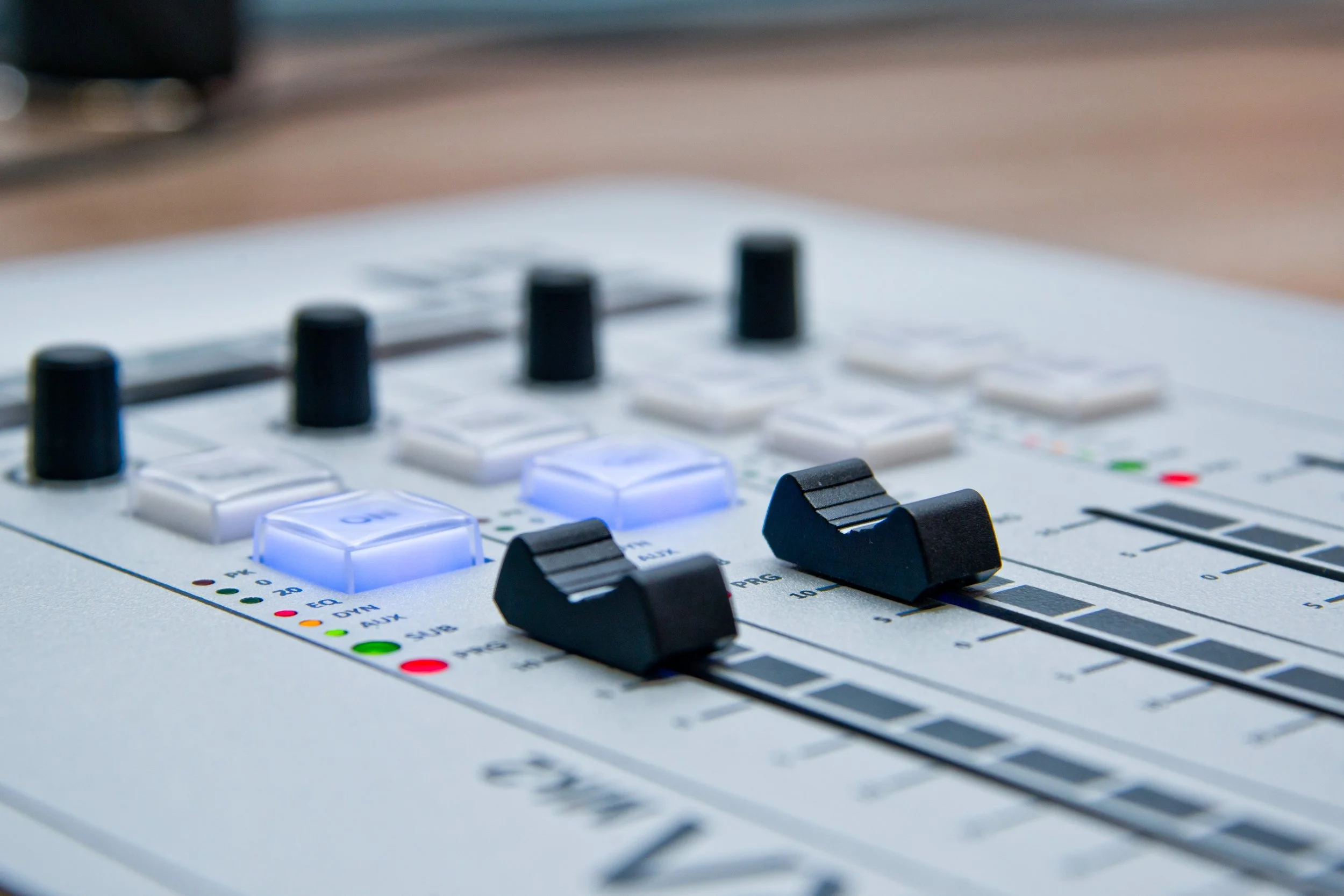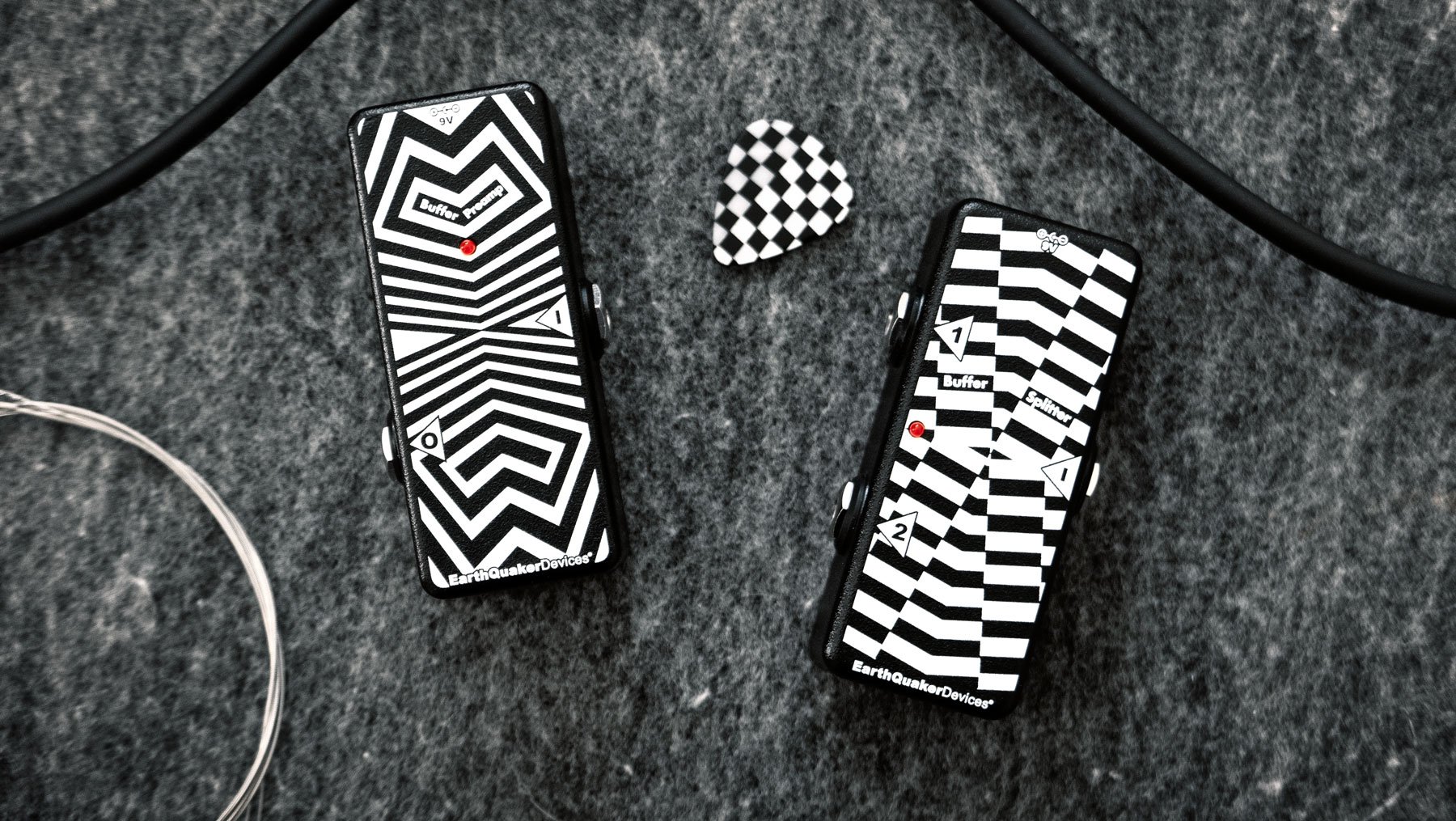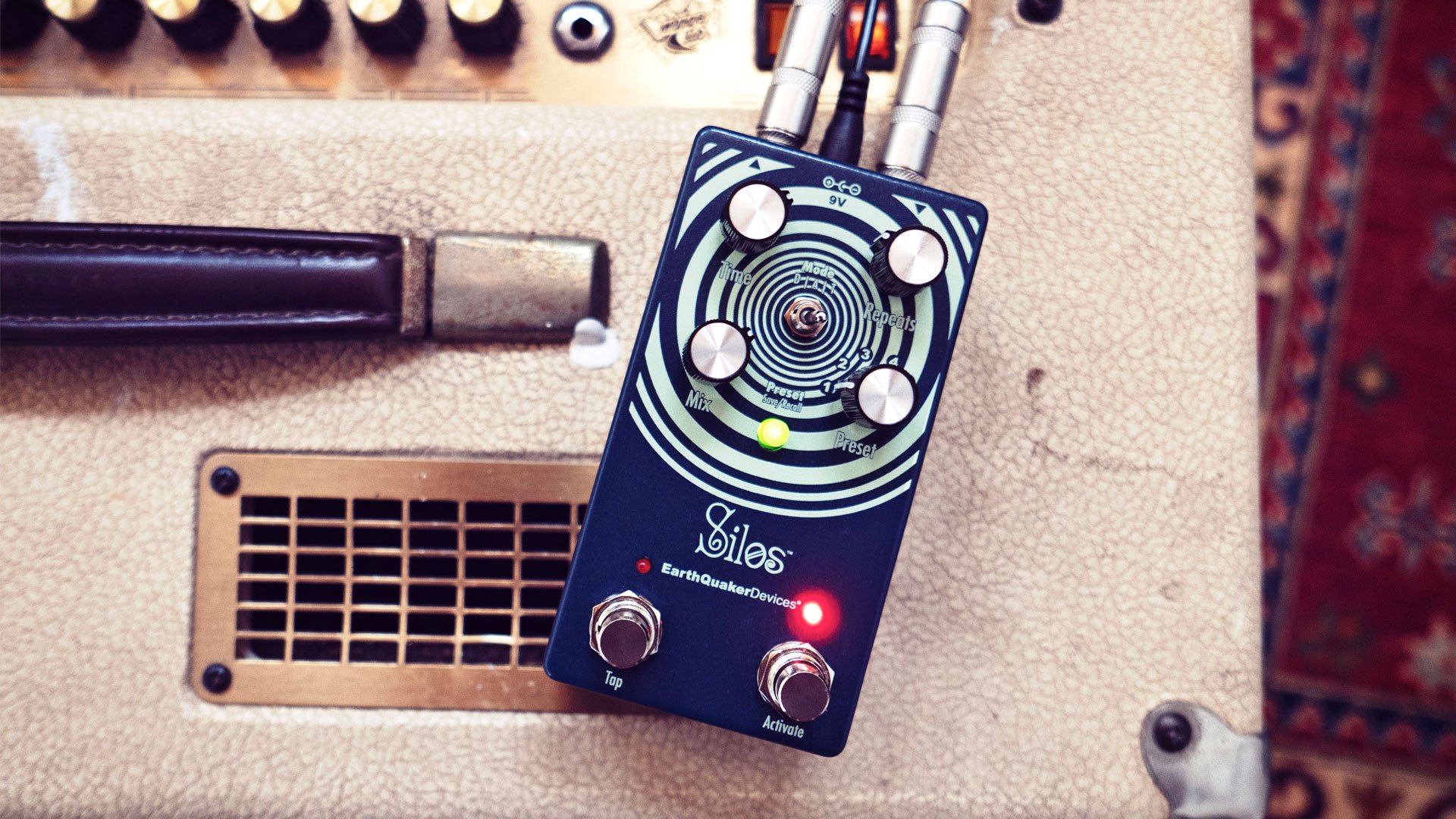Aaron's Bass Hole: Why DI?
Aaron Rogers
Nothing ruins a bassist’s night faster than some chump soundperson sticking some busted looking DI box on top of his or her SVT. As musicians, we spend untold thousands of dollars, and in some cases an entire lifetime acquiring mountains of gear, chasing perfect tone like a carrot on a stick. And we’ll be damned if some $75-a-night sound tech is going to trip us up with an anemic, plinky DI sound after lugging our Rigs Of Doom-worthy 8x10, 4x15, 2x18 monolith up three flights of stairs and across three states to rage for all eight or ten metalheads at Bob’s Whiskey Room in Nowhere, Indiana. I get that. I really do. The sad truth is that for most of us playing in bars or small clubs, a DI’d bass signal really is the perfect tone. Now hear me out, will ya?
The Good: Direct Injection - The Basics
DI stands for “Direct Injection.” Other variants include “Direct Input,” “Direct Interface,” “Direct Box,” or “DI Box.” All are correct. No matter what you call ‘em, DIs have one job: they take your bass’ unbalanced high-impedance instrument level output and convert it to the balanced, low-impedance microphone level signal required by the mixing console.
Along the way, they provide additional benefits, like electrical isolation and ground loop protection, and their impedance-matching capabilities ensure that your tone survives the long cable run from stage to FOH and back to the PA loudspeakers without any hum, buzz, or unnecessary high frequency loss.
Though Dis come in all shapes and sizes with a variety of features, there are three key things to know:
The ¼" input is where you plug in the bass.
The ¼" thru jack passes your bass signal on to the amplifier.
The XLR output jack sends your bass signal via balanced microphone cable to the mixer.
The Bad: “Can’t You Just Mic My Cabinet?”
Sure, but I’m still going to take a DI. Direct bass signals are useful for a number of reasons:
By delivering the bass signal to the mixer electronically, rather than via microphone, DIs help eliminate muddy bass sounds caused by less-than-ideal sounding rooms. In an untreated, or just plain bad sounding room, microphones on stage are susceptible to picking up all kinds of nasty stuff like muddy low-end rumble from the stage, bleed thru from other instruments competing for the same frequency range, etc.
DIs reduce the likelihood of feedback. By relying on the DI signal rather than the microphone to carry the low end, the soundperson can divvy up the frequency spectrum so the DI does most of the work filling up the bass and low-mid frequencies (below 400hz), while the microphone is blended to taste to take care of the upper harmonic punch that allows the bass to really shine in the mix. Less microphone in the mix means less chance of ugly, gig-ruining feedback.
Tonal requirements vary from stage to FOH. Chances are that what bassists want to hear on stage is not what the audience paid to hear. When I’m playing a gig, I typically only ask for kick drum and vocal in the monitor because I want to feel the kick in my chest, I don’t want to step on the vocal, and I’m hearing plenty of myself in my rig. Compare that with the needs of the FOH engineer, who has to combine the separate elements of your band into one cohesive unit while also keeping their boss and customers happy.
In small clubs, your stage volume is probably already loud enough to cover the room. Unless you’re playing rooms with a capacity of roughly 400 or above, we can hear you in the back just fine. You might not need to be any louder, but you could come in a little clearer. Blending just a touch of DI signal can add a little transient clarity and tickle the subs with low-end roundness without hijacking your tone or compromising your totally amazing distortion sound.
The Ugly: DI Drawbacks
Bassists often comment that direct boxes compromise the tone at the amplifier. In some cases, this is true. A passive DI placed between a low-output passive bass pickup and an amplifier will load down the pickup, which results in lower output, a loss of high-end, and a dull, lifeless tone. You can fix this. If there’s an active DI available, swap it out, and Bob’s your uncle.
Active DIs include preamp circuitry which boosts the input level so that your amp sees the same signal as without a DI, saving you the heartache of limping through a gig with a bummer bass tone. If no active DI is available, I suggest adding a pedal like the Tone Job to your toolkit. Placed at the end of your effects chain, the Tone Job works as a boost to reclaim your gain and properly drive the amp and DI, and offers a three-band EQ to proactively combat any high-end tone loss.
Location is Everything
The DI’s location in the signal path makes a big difference. Typically, DIs are the last component before the amplifier. Most modern bass amplifiers even include a direct output after the preamp stage. This is great for clean bass sounds, as it allows for a pure, distortion-free signal at FOH. For most styles of music this is fine, but things start to fall apart when effects pedals come into play. Overdrives and fuzzes sound scratchy and harsh, and differences in output level between effects make mixing difficult.
Line out from my bass preamp (first in chain, bottom right) to the DI I keep on my pedalboard (top right). Photo: Bradley Thorla
I generally prefer to take a DI as early as possible before any effects and mic the cabinet. This way, any pickup loading can be corrected by adjusting gain staging later on down the line, and it allows for a “clean / dirty” blend, like so many popular bass-specific overdrive pedals. The downside here is that it requires two bass inputs at FOH, which might be asking a lot at a smaller venue.
Keeping in mind that my stage volume is likely sufficient on its own, I know that the DI exists solely to reinforce my existing tone with extra clarity and punch, and that my overdrives and other effects will still be heard in the mix. In larger rooms, the addition of a bass mic maintains the balance. Sure, there will be phase inconsistencies between the two, but this is easily remedied by reversing the polarity on one of the signals.
Tone is in Your Hands
If you simply can’t stomach the idea of a stranger handling your tone, there are a number of stompbox preamp / DIs on the market capable of providing an amp-like signal. Most have an onboard preamp with at least three bands of EQ, and some include extra features like compression or overdrive circuits. These units typically sound good anywhere, and the preamp circuitry warms up the signal enough to avoid the much maligned “talk show” bass sound often associated with DIs. From my experience both as a bassist and FOH engineer in small clubs, these units are the easiest way to find common ground and dial in a sound that’s pleasing to the musicians on stage, the tech behind the console, and most importantly, the audience on the dancefloor and/or in the pit.
Required Reading
Aaron Rogers works as a freelance live sound engineer and plays the bass guitar in Ultrasphinx.







